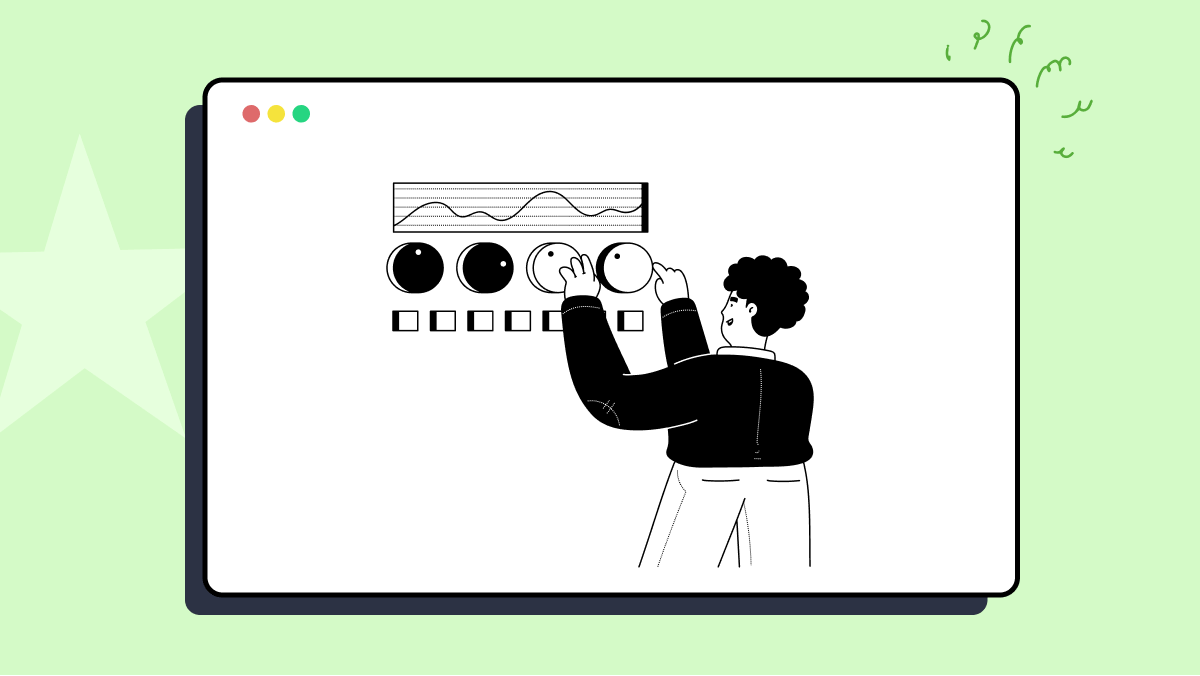How to use mapActualBreaks method of org.testingisdocumenting.webtau.data.table.comparison.TableDataComparisonReport class
Best Webtau code snippet using org.testingisdocumenting.webtau.data.table.comparison.TableDataComparisonReport.mapActualBreaks
Source: TableDataComparisonReport.java
...23 }24 public String generate() {25 return missingColumnsReport() +26 "\nactual:\n\n" +27 TableRenderer.render(result.getActual().map(this::mapActualBreaks)) +28 "\nexpected:\n\n" +29 TableRenderer.render(result.getExpected().map(this::mapExpectedBreaks)) +30 missingRowsReport() +31 extraRowsReport();32 }33 private String extraRowsReport() {34 if (result.getExtraRows().isEmpty())35 return "";36 return "\nextra rows:\n" + TableRenderer.render(result.getExtraRows());37 }38 private String missingRowsReport() {39 if (result.getMissingRows().isEmpty())40 return "";41 return "\nmissing rows:\n" + TableRenderer.render(result.getMissingRows());42 }43 private String missingColumnsReport() {44 return result.getMissingColumns().isEmpty() ? "" : "missing columns: " + result.getMissingColumns().stream().collect(joining(", "));45 }46 private Object mapActualBreaks(int rowIdx, int colIdx, String columnName, Object value) {47 return annotateCellBreak(value, result.getActualMismatch(rowIdx, columnName));48 }49 private Object mapExpectedBreaks(int rowIdx, int colIdx, String columnName, Object value) {50 return annotateCellBreak(value, result.getExpectedMismatch(rowIdx, columnName));51 }52 private Object annotateCellBreak( Object value, String mismatch) {53 return mismatch == null ? value :54 "***\n" + mismatch + "\n***\n\n" + value;55 }56}...mapActualBreaks
Using AI Code Generation
1val actual = table(2 header("id", "name"),3 row(1, "one"),4 row(2, "two"),5 row(3, "three")6val expected = table(7 header("id", "name"),8 row(1, "one"),9 row(2, "two"),10 row(3, "three")11val comparisonReport = actual.compare(expected)12comparisonReport.mapActualBreaks { it + 1 }13actualWithBreaks should equal(14 table(15 header("id", "name"),16 row(1, "one"),17 row(2, "two"),18 row(3, "three")mapActualBreaks
Using AI Code Generation
1val table = table(2 row('a', 'b', 'c'),3 row(3, 4, 5),4 row(6, 7, 8),5 row(9, 10, 11)6val actual = table(7 row('a', 'b', 'c'),8 row(3, 4, 5),9 row(6, 7, 8),10 row(9, 10, 11)11val expected = table(12 row('a', 'b', 'c'),13 row(3, 4, 5),14 row(6, 7, 8),15 row(9, 10, 11)16val result = tableDataComparison().compare(expected, actual)17result.mapActualBreaks { header, actualValue, expectedValue ->18}19val table = table(20 row('a', 'b', 'c'),21 row(3, 4, 5),22 row(6, 7, 8),23 row(9, 10, 11)24val actual = table(25 row('a', 'b', 'c'),26 row(3, 4, 5),27 row(6, 7, 8),28 row(9, 10, 11)29val expected = table(30 row('a', 'b', 'c'),31 row(3, 4, 5),32 row(6, 7, 8),33 row(9, 10, 11)34val result = tableDataComparison().compare(expected, actual)35result.mapActualBreaks { header, actualValue, expectedValue ->36}37val table = table(38 row('a', 'b', 'c'),39 row(3, 4, 5),40 row(6, 7, 8),41 row(9, 10, 11)42val actual = table(43 row('a', 'b',mapActualBreaks
Using AI Code Generation
1import org.testingisdocumenting.webtau.data.table.comparison.TableDataComparisonReport2Map<String, List<Map<String, Object>>> actualBreaks = tableDataComparisonReport.mapActualBreaks()3List<Map<String, Object>> actualBreaksForColumn1 = actualBreaks.get('column1')4List<Object> actualColumn2ValuesForColumn1Breaks = actualBreaksForColumn1.collect { it.column2 }5 findAll { it != null }6 collect { it.column3 }mapActualBreaks
Using AI Code Generation
1import org.testingisdocumenting.webtau.data.table.comparison.TableDataComparisonReport2 .mapActualBreaks(3 .mapActualBreaks(4 .mapActualBreaks(5 .mapActualBreaks(6 .mapActualBreaks(mapActualBreaks
Using AI Code Generation
1TableDataComparisonReport comparisonReport = TableDataComparisonReport.compare(expected, actual);2List<TableDataComparisonBreak> actualBreaks = comparisonReport.mapActualBreaks(break -> break);3assertThat(actualBreaks).hasSize(2);4assertThat(actualBreaks.get(0).getActual().get("name")).isEqualTo("joe");5assertThat(actualBreaks.get(1).getActual().get("name")).isEqualTo("jane");6TableDataComparisonReport comparisonReport = TableDataComparisonReport.compare(expected, actual);7List<TableDataComparisonBreak> actualBreaks = comparisonReport.mapActualBreaks(break -> break);8assertThat(actualBreaks).hasSize(2);9assertThat(actualBreaks.get(0).getActual().get("name")).isEqualTo("joe");10assertThat(actualBreaks.get(1).getActual().get("name")).isEqualTo("jane");11TableDataComparisonReport comparisonReport = TableDataComparisonReport.compare(expected, actual);12List<TableDataComparisonBreak> expectedBreaks = comparisonReport.mapExpectedBreaks(break -> break);13assertThat(expectedBreaks).hasSize(2);14assertThat(expectedBreaks.get(0).getExpected().get("name")).isEqualTo("joe");15assertThat(expectedBreaks.get(1).getExpected().get("name")).isEqualTo("jane");16TableDataComparisonReport comparisonReport = TableDataComparisonReport.compare(expected, actual);17List<TableDataComparisonBreak> expectedBreaks = comparisonReport.mapExpectedBreaks(break -> break);18assertThat(expectedBreaks).hasSize(2);19assertThat(expectedBreaks.get(0).getExpected().get("name")).isEqualTo("joe");20assertThat(expectedBreaks.get(1).getExpected().get("name")).isEqualTo("jane");21TableDataComparisonReport comparisonReport = TableDataComparisonReport.compare(expected, actual);22List<TableData> actualRows = comparisonReport.mapActualRows(row -> row);23assertThat(actualRows).hasSize(2);24assertThat(actualRows.get(0).get("namemapActualBreaks
Using AI Code Generation
1import org.testingisdocumenting.webtau.data.table.comparison.TableDataComparisonReport2def actualBreaks = TableDataComparisonReport.mapActualBreaks(3 { it['status'] != 'OK' },4 tableData([5actualBreaks.each {6}7import org.testingisdocumenting.webtau.data.table.comparison.TableDataComparisonReport8def actualBreaks = TableDataComparisonReport.mapActualBreaks(9 { it['status'] != 'OK' },10 tableData([11actualBreaks.each {12}13import org.testingisdocumenting.webtau.data.table.comparison.TableDataComparisonReport14def actualBreaks = TableDataComparisonReport.mapActualBreaks(15 { it['status'] != 'OK' },16 tableData([Blogs
Check out the latest blogs from LambdaTest on this topic:
In addition to the four values, the Agile Manifesto contains twelve principles that are used as guides for all methodologies included under the Agile movement, such as XP, Scrum, and Kanban.
As a developer, checking the cross browser compatibility of your CSS properties is of utmost importance when building your website. I have often found myself excited to use a CSS feature only to discover that it’s still not supported on all browsers. Even if it is supported, the feature might be experimental and not work consistently across all browsers. Ask any front-end developer about using a CSS feature whose support is still in the experimental phase in most prominent web browsers. ????
The events over the past few years have allowed the world to break the barriers of traditional ways of working. This has led to the emergence of a huge adoption of remote working and companies diversifying their workforce to a global reach. Even prior to this many organizations had already had operations and teams geographically dispersed.
Collecting and examining data from multiple sources can be a tedious process. The digital world is constantly evolving. To stay competitive in this fast-paced environment, businesses must frequently test their products and services. While it’s easy to collect raw data from multiple sources, it’s far more complex to interpret it properly.
Automation Testing Tutorials
Learn to execute automation testing from scratch with LambdaTest Learning Hub. Right from setting up the prerequisites to run your first automation test, to following best practices and diving deeper into advanced test scenarios. LambdaTest Learning Hubs compile a list of step-by-step guides to help you be proficient with different test automation frameworks i.e. Selenium, Cypress, TestNG etc.
LambdaTest Learning Hubs:
- JUnit Tutorial
- TestNG Tutorial
- Webdriver Tutorial
- WebDriverIO Tutorial
- Protractor Tutorial
- Selenium 4 Tutorial
- Jenkins Tutorial
- NUnit Tutorial
- Jest Tutorial
- Playwright Tutorial
- Cypress Tutorial
- PyTest Tutorial
YouTube
You could also refer to video tutorials over LambdaTest YouTube channel to get step by step demonstration from industry experts.
Most used method in TableDataComparisonReport
Try LambdaTest Now !!
Get 100 minutes of automation test minutes FREE!!



